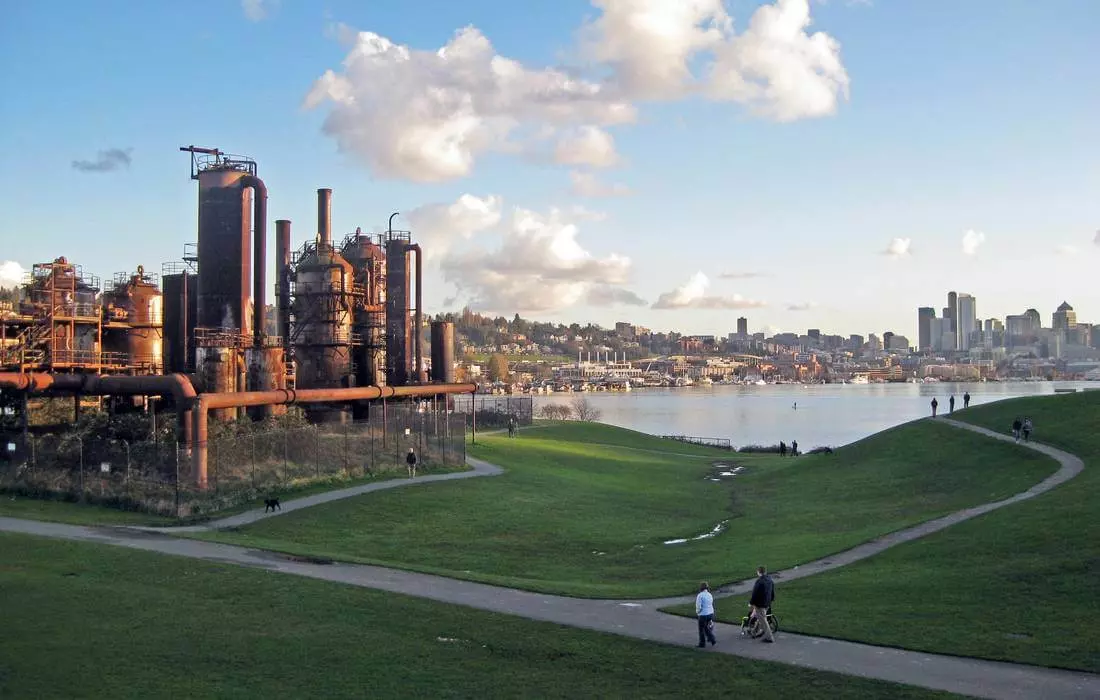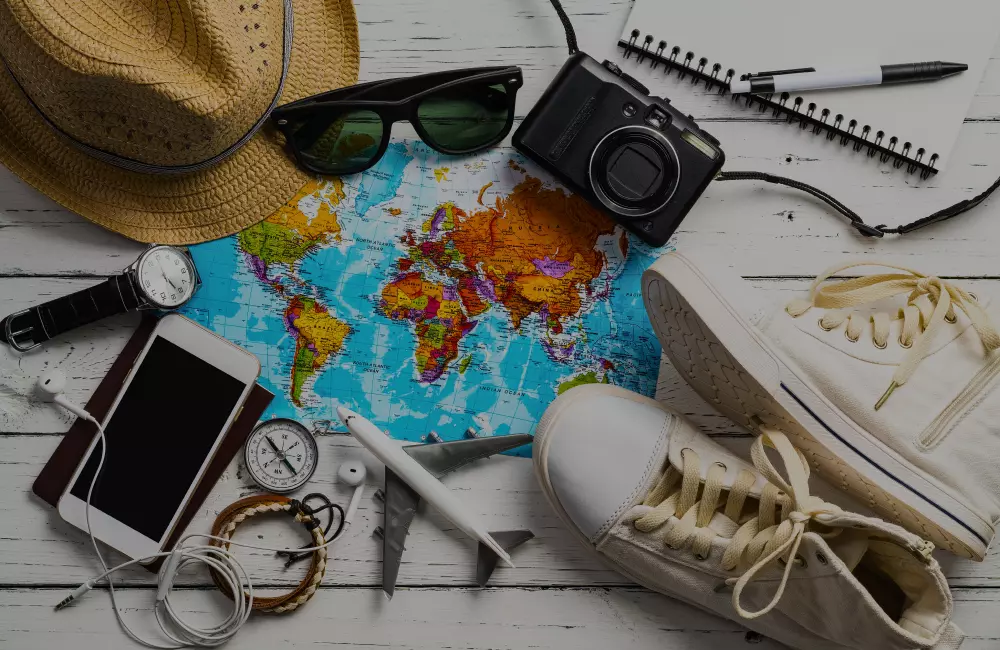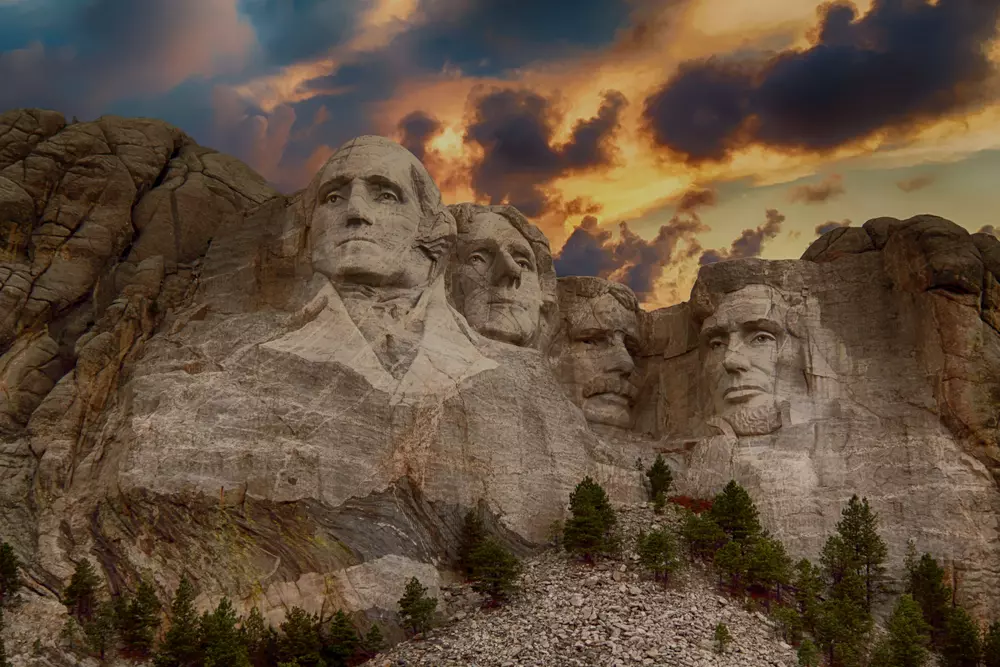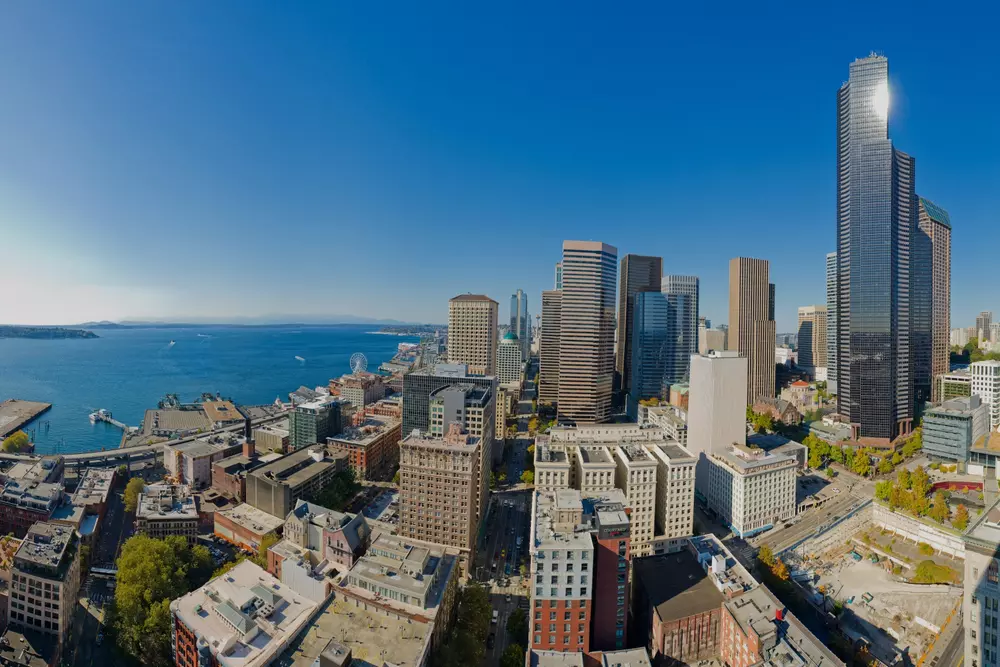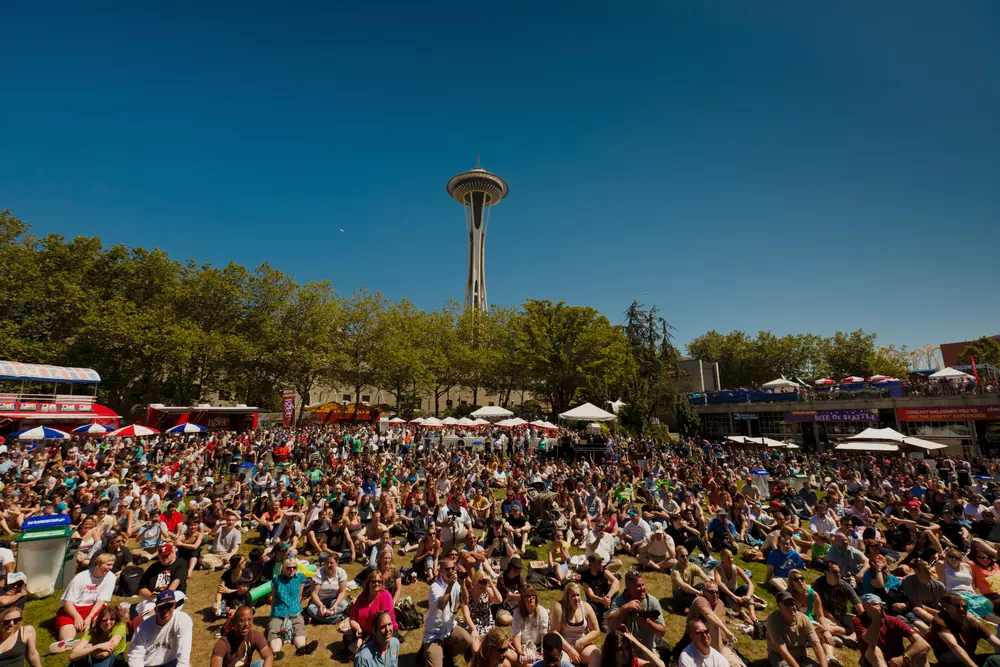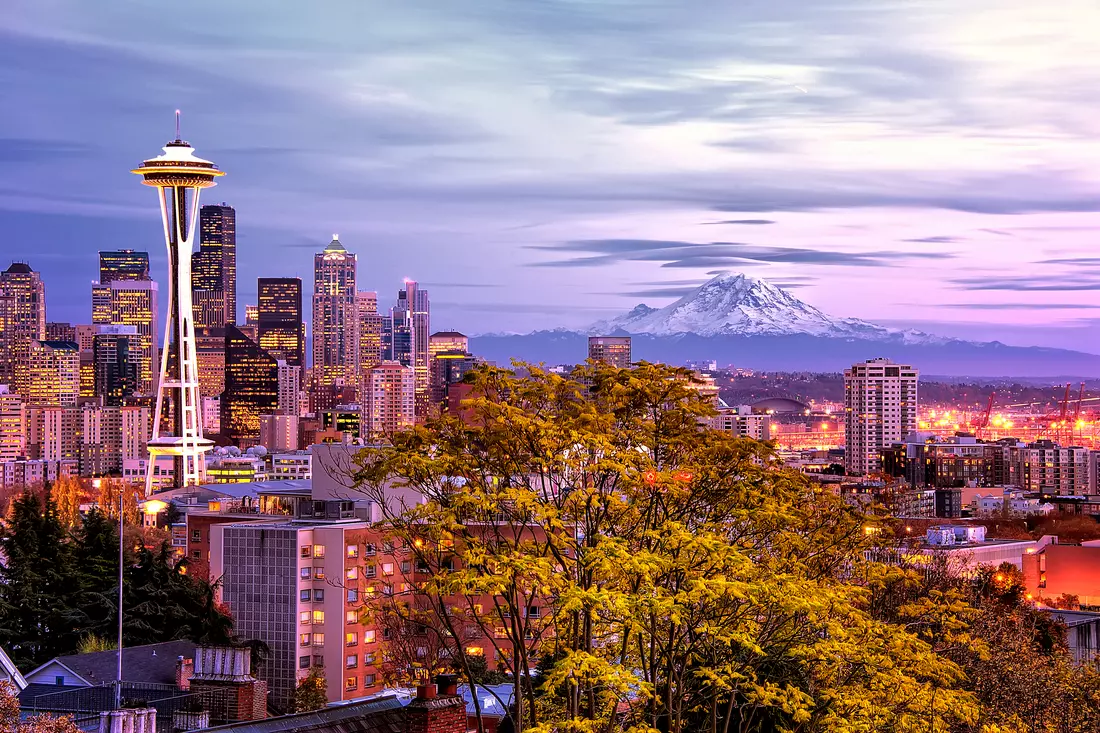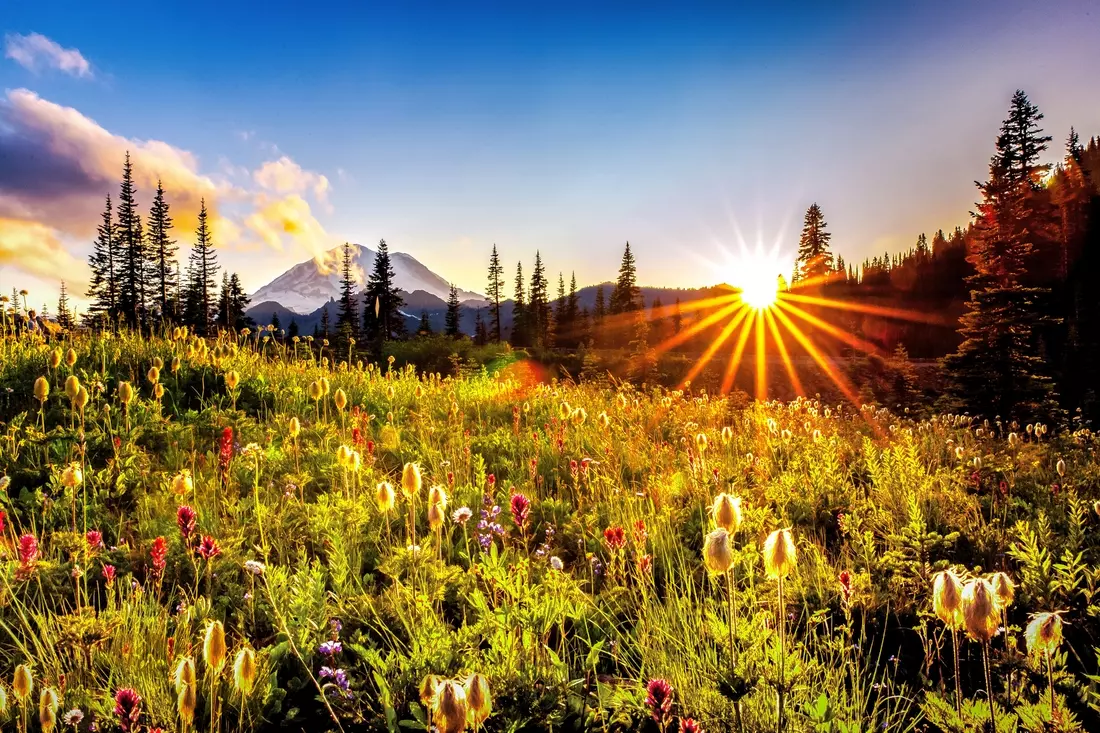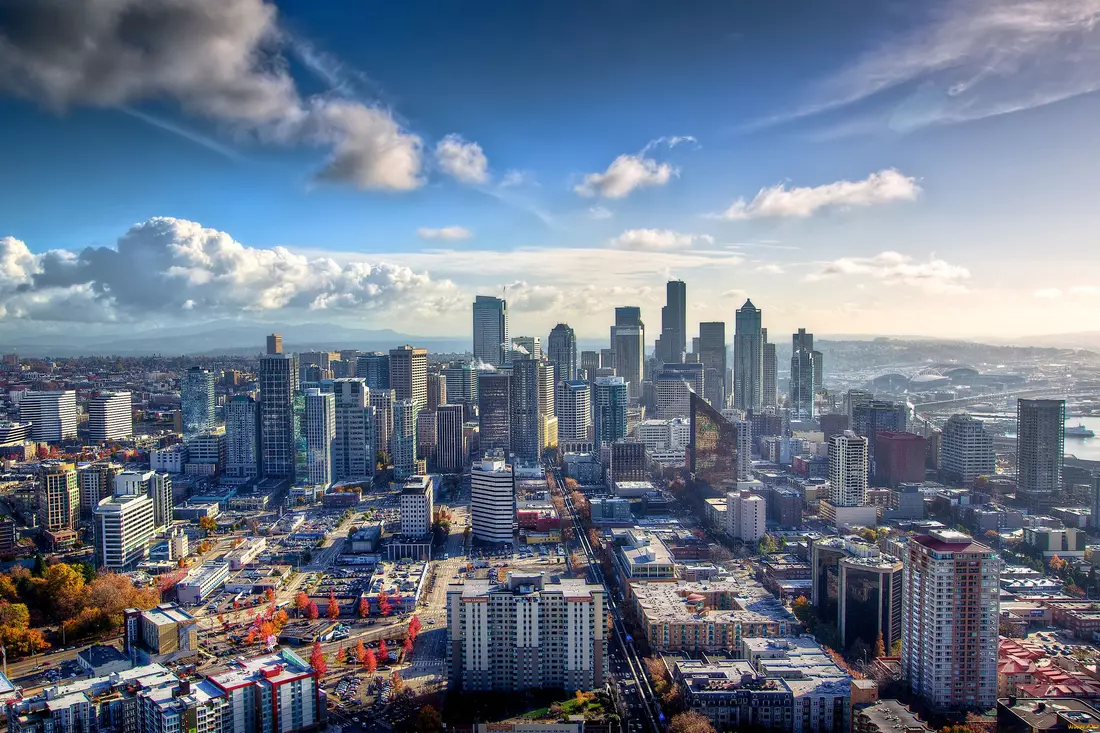Seattle has plenty of places to enjoy nature, but this park is special. It combines forests, sandy beaches, and breathtaking views of the bay, creating perfect conditions for hiking, wildlife watching, and escaping the city's hustle. Whether you’re walking along shaded trails or relaxing by the water, it’s easy to feel the atmosphere of the Pacific Northwest here.
What Makes the Park Unique
Discovery is a 534-acre park located on the shores of Puget Sound in Seattle. It is the largest public park in the city with over 12 miles of hiking trails.
Discovery Park is located on the banks of the Puget Sound in the Magnolia district of Seattle. It is the city's largest public park and has 12 miles of walking trails. The trails in the park provide enough space for you to get some exercise.
The Loop Trail, which stretches for three miles and has a 140-foot slope, is especially good in this regard. On it, tourists pass through the very heart of the reserve. Along the way, you will enjoy the beauty of nature, flora and fauna.
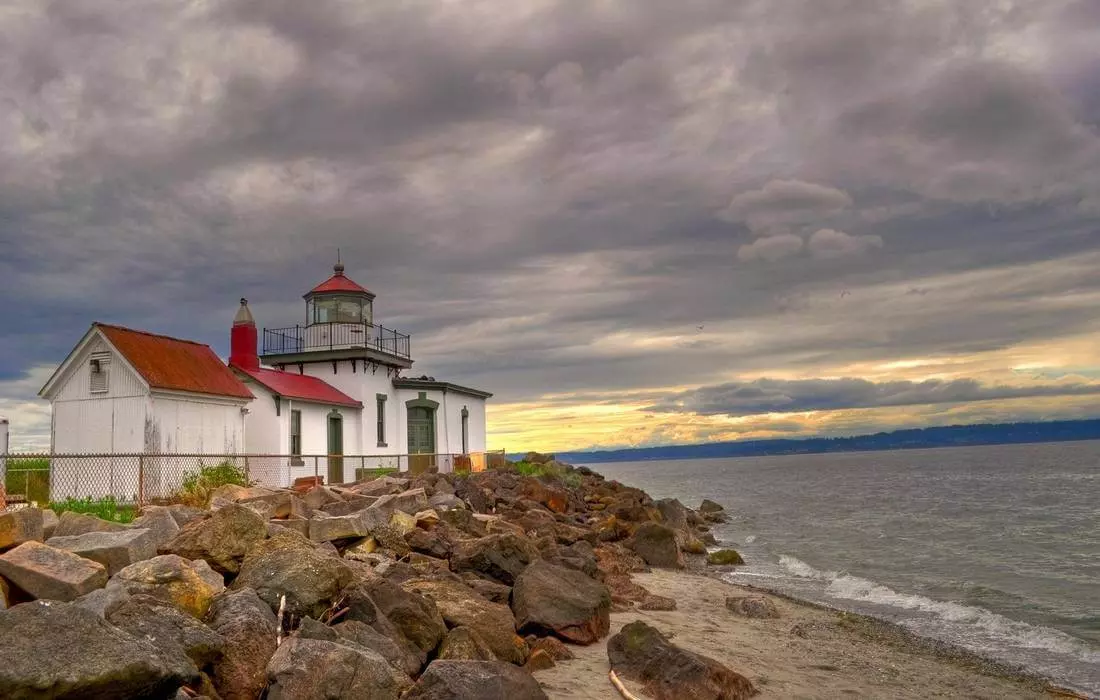
Discovery Park is unique in that it is a rare place in the city where you can see wild animals. According to the Seattle Audubon Society, there are about 270 species of birds that nest in the park, from bushtits to barn owls. The reason for the diversity is simple — salty sea beaches are located nearby, and forests create a height convenient for birds. Also, because Discovery Park is adjacent to Puget Sound, it acts as a magnet for migratory birds.
Not only birds love this place. Seals enjoy spending time on the local beaches, and you can see squirrels or raccoons on the forest trails.
A huge meadow with small trees and shrubs overlooks the southern cliff. Red alder, cedar, large-leaved maple, fir, cherry and western spotted hemlock occupy a large part of the territory.
On the opposite side of the entrance are the beaches: North Beach along one side, South Beach along the other, and the West Point Lighthouse at the top. At the center of the park is the Historic District, where you'll find what's left of the former Fort Lawton.
The coastline can be reached by road or trail. The beach is located on the south side of the peninsula. Elliot Bay is to the north and offers great views of Shilshole Harbor, which can be reached through coniferous forest on the way to the beach.
Entry to the cultural center is free, although donations are welcome. He works from 9 to 5 on weekdays. An environmental learning center is also located on site, offering educational preschool programs and camps for children.
While life in Seattle is busy and full of people and cars everywhere, Discovery Park offers you a respite from the crazy noise and rhythm. It is located very close to the busy city center, but here you will feel far from the bustling world.
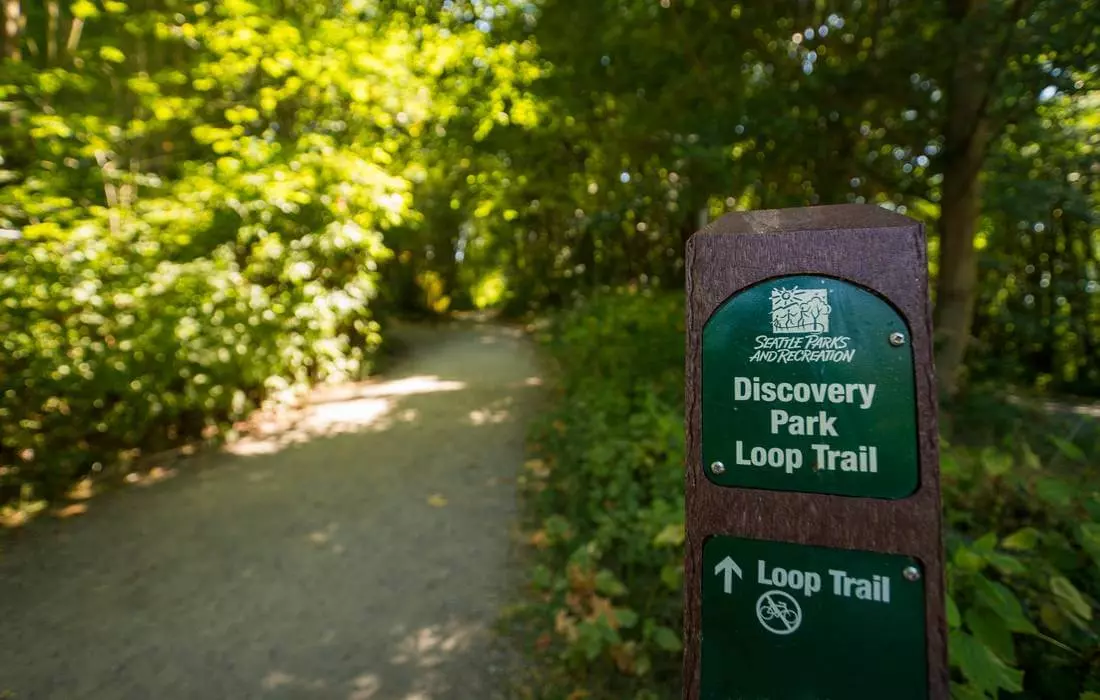
History
Discovery has a relatively short history. The park opened in the early 1970s. This land belonged to the US Army — there used to be Fort Lawton, opened in 1900.
The fort was a military post located on the territory of the future park. He was not in great demand until the Second World War. At this point, Lawton became the main loading port with up to 20,000 troops and over 1,100 German POWs.
The fort remained active throughout the Korean War, but things deteriorated again after that. The army decided to sell the site to the city in 1938, but the city refused — there was no way to do maintenance.
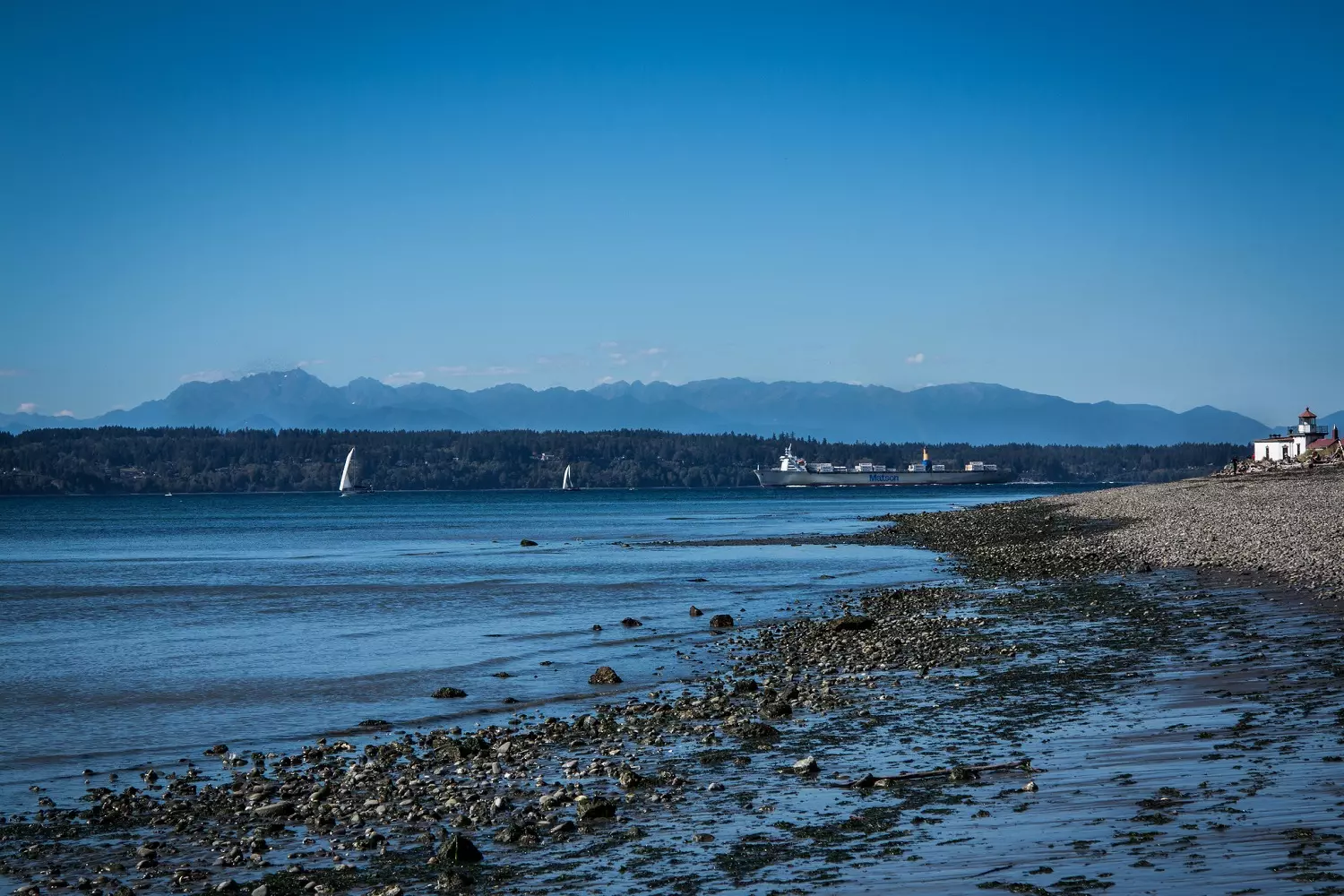
Most of the land was returned to the city in 1972, and later turned into Discovery Park. Fort Lawton continued to be an army reserve center until February 25, 2012, after which it was officially closed.
At the beginning of the 2000s, the park inadvertently attracted wild animals. So, in May 2009, a black bear was seen, and in September of the same year, a cougar was discovered. But now the problem is solved, so there is no need to worry.
At the moment, Discovery Park is the largest nature reserve in Seattle. It is a treasure trove of green spaces and wildlife. Whether you want to go hiking, enjoy a picnic or relax on the beach, the park will provide you with a comfortable pastime.
West Point Lighthouse
West Point Lighthouse stands on a narrow peninsula jutting into the bay. It’s one of the most photogenic spots in the park, especially on sunny days when its white tower contrasts sharply with the blue sky and dark water. Built in 1881, it still serves as a navigation aid for ships along Seattle’s coastline.
The path to the lighthouse leads through a beach area surrounded by dunes and rocky patches. Along the shore, you might spot seabirds and even seals that sometimes swim close to the beach. Tourists often come here for a walk, take panoramic photos of the bay, or simply unwind while listening to the sound of the waves.
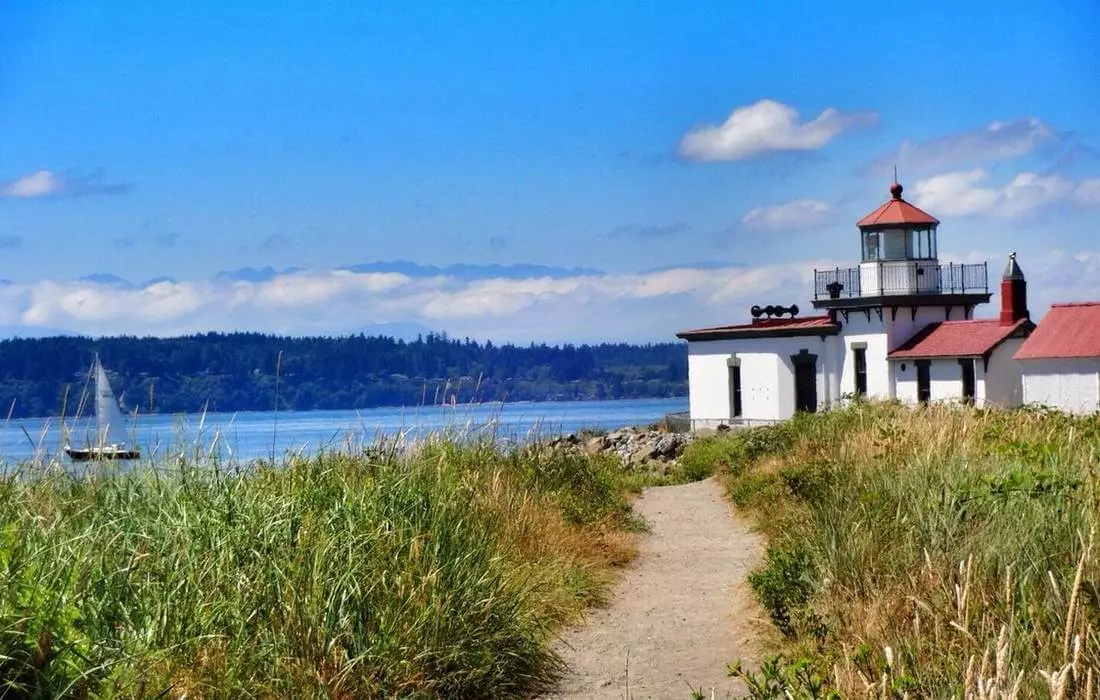
Visitors can't enter the lighthouse, but they can walk right up to it without restrictions. There are plenty of comfortable spots nearby to sit and take pictures. The sunsets here are especially striking — the sun slowly dips below the horizon, painting the sky in shades of orange and pink.
This spot appeals to both avid hikers and those who just want to spend time by the water. Unlike the city’s busy downtown areas, it’s quieter here, and the open space with its sweeping bay views gives a sense of freedom.
Tips for Visiting
To make your visit comfortable, keep a few things in mind:
- Best time to visit
Early morning and late evening are the quietest times. The park gets crowded during the day, especially on weekends. Closer to sunset, the scenery becomes even more beautiful. - Clothing and footwear
Some trails are uneven and can get slippery after rain. Comfortable sneakers or hiking boots are the best choice. Winds from the bay can be strong, so a light jacket is useful even in summer. - What to bring
There are no shops or cafés in the park, so it's best to bring water and snacks. For beach walks, sunglasses, sunscreen, and a hat will come in handy. - Getting around
Bicycles are allowed, but most trails are designed for pedestrians. If you're visiting with a stroller, stick to the main paths—they’re wide and smooth. - Parking and transport
Several parking lots are available, but they fill up quickly on weekends. If you don’t have a car, you can take a bus — the stop is located near the entrance.
If you want to explore the park at a relaxed pace, learn interesting facts, and visit the most scenic spots, a guide from American Butler can help plan your walk so you don’t miss anything important. For a more in-depth experience, you can combine your visit with other Seattle attractions.














